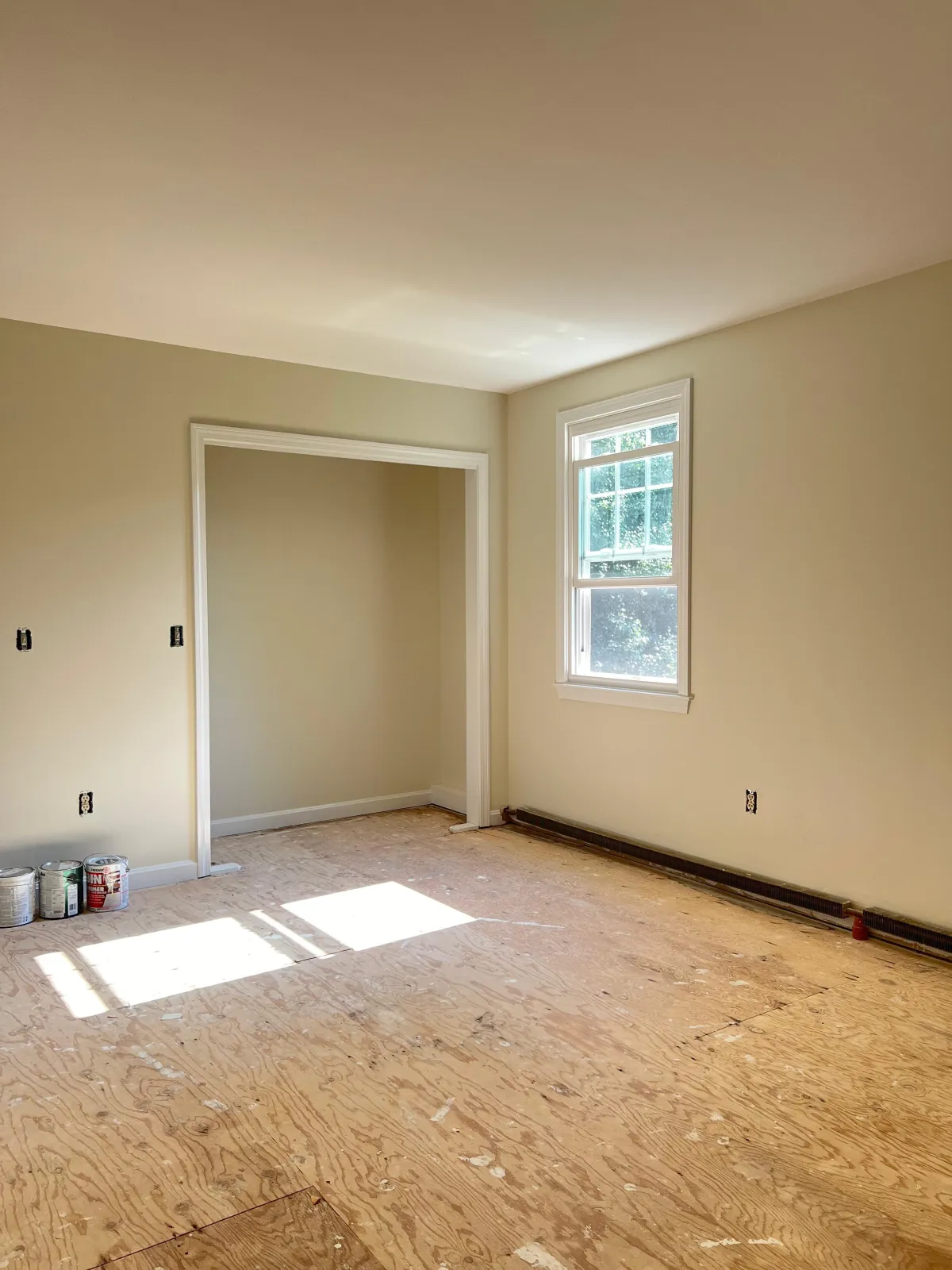
The 5 best paint color for hotel rooms [2025]
When a guest walks into a hotel room, the first impression is crucial. It sets the tone for their entire stay. While cleanliness, comfort, and amenities are paramount, the color of the room plays a surprisingly significant role in shaping that initial perception and influencing a guest's mood and experience. Paint is a powerful yet relatively inexpensive tool to create an inviting, relaxing, or even inspiring atmosphere. so, what are some of the best paint colors for hotel rooms that can enhance guest satisfaction and align with current design trends?
Choosing the right color involves understanding a bit of color psychology and considering the target clientele and the hotel's overall brand identity. Here are five color families that consistently work well in hotel room design:
1. Calming blues
Psychology: Blue is widely associated with calmness, serenity, and stability. It can evoke feelings of peace and tranquility, reminiscent of the sky and the ocean. This makes it an excellent choice for creating a restful environment where guests can unwind after a long day of travel or meetings.
Shades to consider: Soft, muted blues like dusty blue, robin's egg blue, or a pale sky blue work wonderfully as a primary wall color. Deeper blues, like navy or sapphire, can be used as accent walls or in details to add a touch of sophistication and depth, but use them sparingly in smaller rooms to avoid making the space feel dark.
Best for: Hotels aiming for a relaxing, spa-like atmosphere, business hotels where guests need to de-stress, or coastal properties.
2. Neutral grays
Psychology: Gray is a versatile neutral that conveys sophistication, balance, and modernity. It can be calming and grounding, providing a chic and understated backdrop that allows other design elements, like artwork or textiles, to pop.
Shades to consider: Warm grays (greige – a mix of gray and beige) are particularly popular as they feel cozier than cool grays. Light to mid-tone grays are generally safe bets. Charcoal gray can be used for dramatic accent walls or in larger, well-lit rooms.
Best for: Modern, minimalist, or urban hotels. Grays also work well in business hotels due to their professional and uncluttered feel.
3. Warm and welcoming beiges/creams
Psychology: Beige, cream, and other warm off-whites are timeless classics for a reason. They create a sense of warmth, comfort, and spaciousness. These colors are inviting and can make a room feel light, airy, and clean.
Shades to consider: Think creamy vanilla, soft sand, or a light taupe. These shades provide a neutral canvas that is easy to accessorize and can adapt to various design styles.
Best for: A wide range of hotels, from budget-friendly to luxury. They are particularly effective in creating a cozy, home-away-from-home feel.
4. Soothing greens
Psychology: Green is the color of nature, associated with harmony, refreshment, and balance. It can have a calming and restorative effect, reducing stress and promoting a sense of well-being.
Shades to consider: Soft sage green, muted olive, or pale mint can create a very tranquil and organic atmosphere. Deeper forest greens can be used for accents, especially in hotels with a connection to nature or a focus on wellness.
Best for: Eco-conscious hotels, wellness retreats, or properties located in natural settings. It can also bring a touch of nature to urban hotels.
5. Soft, muted pinks or terracottas
Psychology: While bright pink might be too stimulating, softer, dustier pinks or warm terracotta tones can create a nurturing, comforting, and subtly sophisticated ambiance. These hues can feel warm, inviting, and a bit more unique than standard neutrals.
Shades to consider: Think blush pink, dusty rose, or a light, earthy terracotta. These colors can add a touch of warmth and personality without being overwhelming.
Best for: Boutique hotels, design-focused properties, or rooms aiming for a cozy, slightly feminine, or earthy feel. They pair beautifully with natural materials like wood and linen.
Important considerations
Lighting: The amount of natural and artificial light in a room will significantly impact how a color appears.
Room size: Lighter colors tend to make a room feel larger, while darker colors can make it feel cozier (or smaller if not used carefully).
Hotel brand & target audience: The color scheme should align with the hotel's overall brand identity and the preferences of its target guests.
Accent colors: Neutral main walls allow for flexibility with accent colors in bedding, curtains, artwork, and accessories to add personality and visual interest.
Looking for commercial painting? Contact Pessotti Construction
Choosing the right paint colors for your hotel rooms is a critical design decision that can significantly impact guest experience and satisfaction. If you're planning a renovation or a new hotel build in Massachusetts and need expert commercial painting services, Pessotti Construction can help.
We have experience in commercial painting projects and can work with you and your design team to select and apply the perfect colors to create inviting, comfortable, and memorable hotel rooms. Contact us today to discuss your commercial painting needs!
